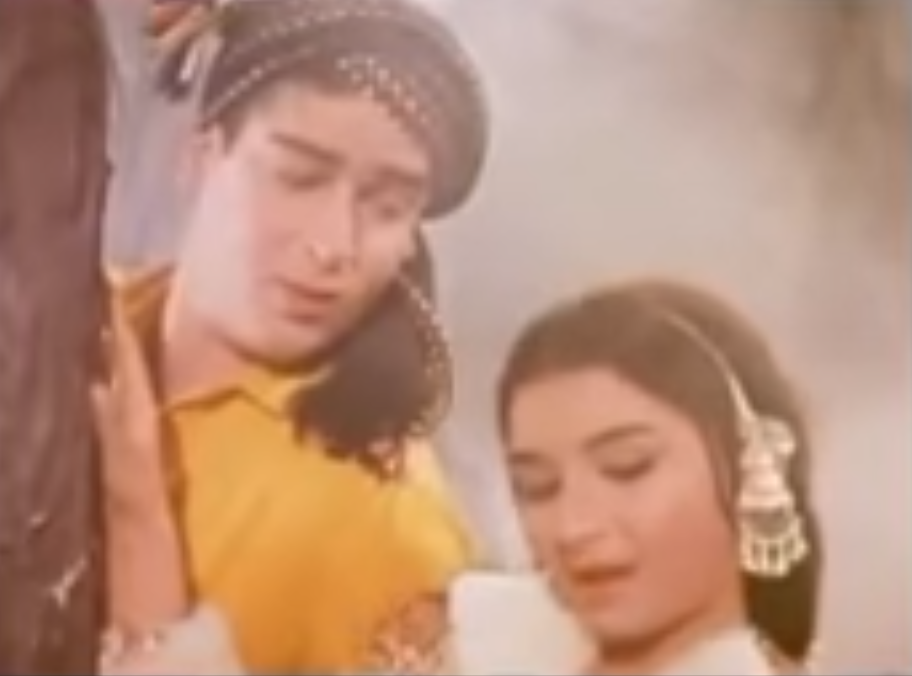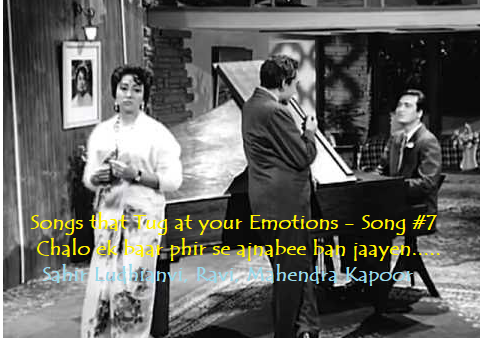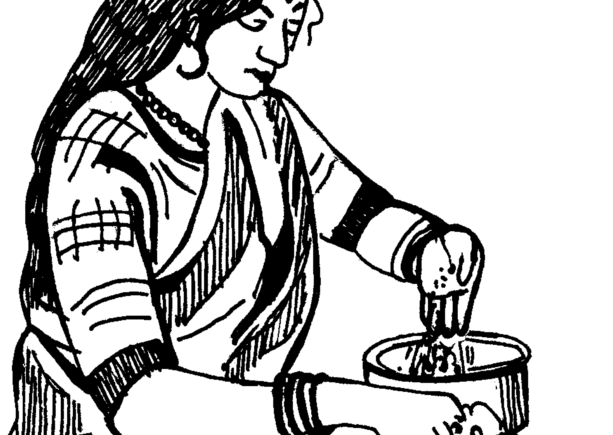Ik meri akh kashni duja raat de uneendre ne mareya…..
Lyrics: Shiv Batalvi
Composition and Music: K Pannalal
Singer: Surinder Kaur
Ladies and gentlemen, I am starting another series today titled: My Favourite Punjabi Songs.
Why Punjabi? Simple; it is my mother tongue (my mother passed away last year on the 9th of August). She was the biggest influence that I had on my thought process, the way I led my life, my emotions and my language. I was born in her parents’ house (it was called Pakkyan Waala since for a number of years it was the only brick and lime-mortar house in the village whilst others were thatched clay houses) in Village Urapur, District Jullunder (now spelled Jalandhar).
My mother married my father when she was only sixteen. However, so strong was the influence of her parents that the last words that she whispered before she went away last year were: Pitaji, Beeji main aa rahi haan (My father and mother, I am returning to you).
Similarly, even though she spent all her years with my father in Himachal wherein Hindi was more prevalent, she could never forget her Punjabi roots. The other day I read a joke that a Punjabi is a person who speaks any language in Punjabi. My mom for nearly seventy years after leaving Punjab, spoke Hindi in Punjabi. Taste this, for example; it is my mother’s instruction to the servant at home in what she believed is Hindi: “Bahadur, neeche kyaari se gande poot ka laao.”
Truly, whilst you can take a Punjabi out of Punjab but you can’t take Punjab out of him or her.
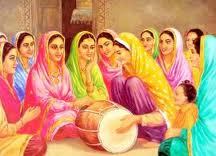 During my childhood and boyhood, I have listened to Punjabi songs on the radio, in movies that I went to with my parents, and during weddings and other parties. Ladies used to sing some of these songs (that I would give you) sitting around a dholaki with a lady playing the dholaki and another (sitting in front) rhythmically beating a metal spoon on the wooden body of the dholaki. Others would be dancing keekli or gidda.
During my childhood and boyhood, I have listened to Punjabi songs on the radio, in movies that I went to with my parents, and during weddings and other parties. Ladies used to sing some of these songs (that I would give you) sitting around a dholaki with a lady playing the dholaki and another (sitting in front) rhythmically beating a metal spoon on the wooden body of the dholaki. Others would be dancing keekli or gidda.
My mom and her sisters would not just sing but dance too.
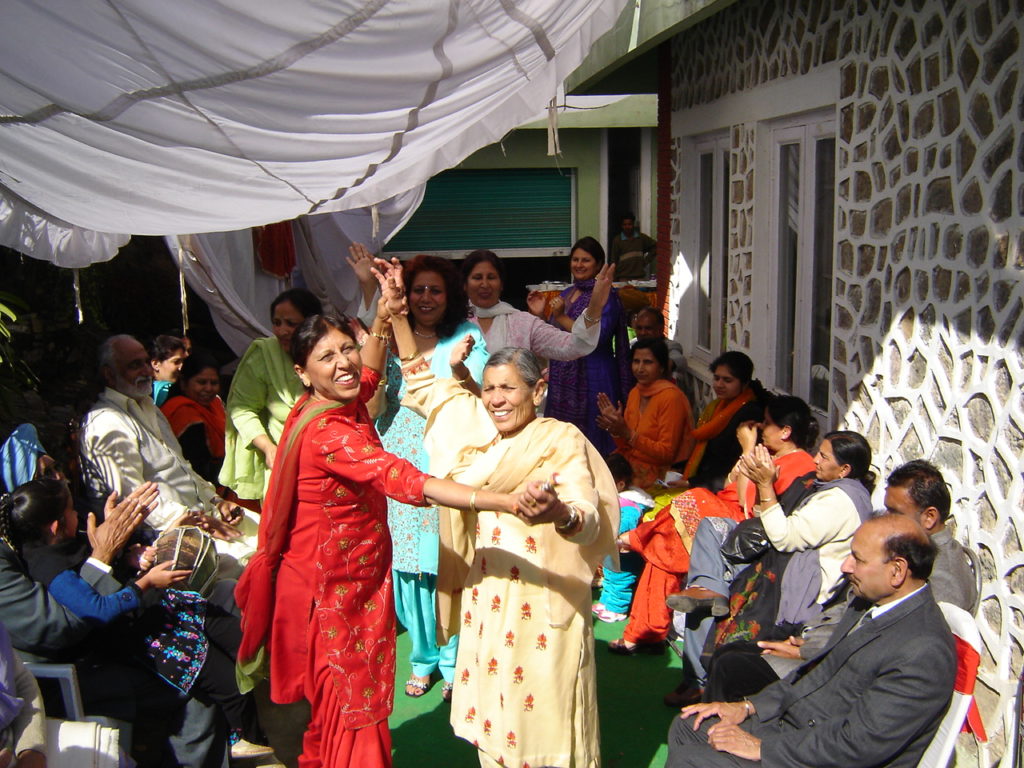
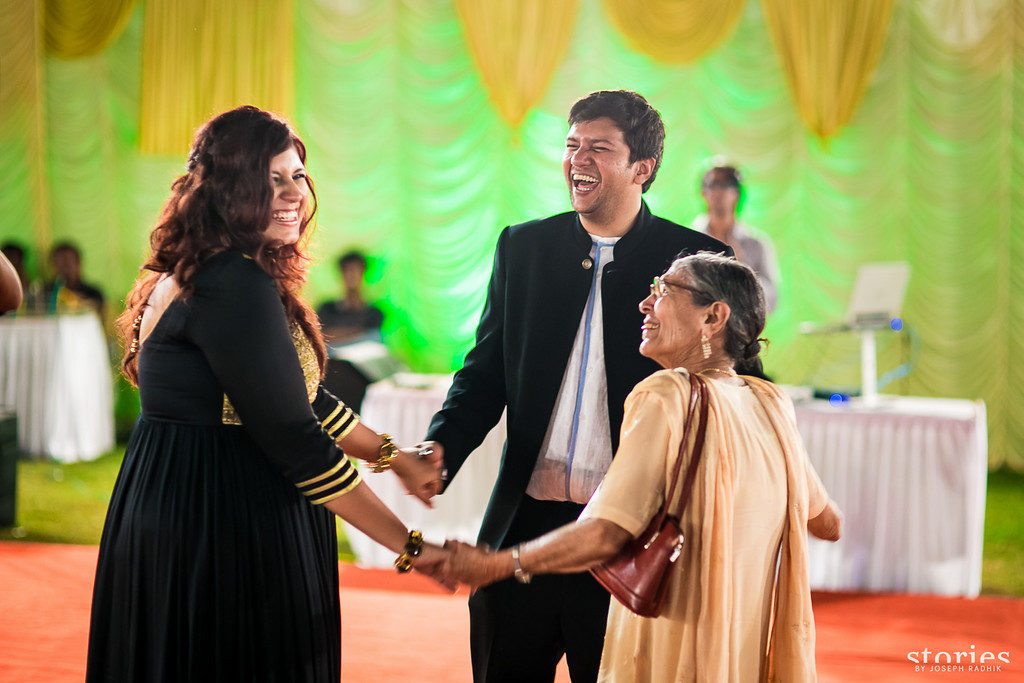
These songs that I shall be putting up here are not in any particular order or ranking. I am just giving them to you as I recall them.
Surinder Kaur and her sister Parkash Kaur were my late mother’s favourites. Whenever my mother traveled with us long-distance we listened to the two sisters frequently on cassettes; songs such as: Kala doriya, Lathhe di chaadar, Jutti kasuri, Bajre da sitta, Gori diya jhanjhra, Sarke sarke jaandiye, Chan ve ke shaunkan mele di, Chan kitha guzari aayi raat ve and Dachi waliya mor mohar ve.
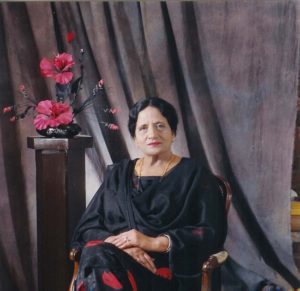
Surinder Kaur was certainly the more popular and accomplished of the two sisters: Surinder and her elder (by ten years) sister Prakash. She was born on 25 Nov 1929 in Lahore (now in Pakistan). When Surinder was not yet 14 years old, the two sisters cut their first duet maavan ‘te dheean ral baithian on 31 Aug 1943 for HMV. After the Partition of India, the family moved to Ghaziabad, Delhi. When she was 19 years old she married Professor Joginder Singh Sodhi. He was to emerge as her greatest support who assisted her first to become a playback singer in Hindi films and later to follow her passion of Punjabi folk songs.
Before she died on 14th June 2006, she not only recorded more than 2000 songs but also promoted Punjabi culture and folk songs. Some of her duets have been sung with other great singers of Punjab: Asa Singh Mastana, Karnail Gill, Harcharan Grewal, Rangila Jatt, and Didar Sandhu.
She was a song-writer herself. In addition, she sang songs penned by Bulleh Shah, Nand Lal Noorpuri, Amrita Pritam, Mohan Singh and Shiv Kumar Batalvi.
On her death, the Prime Minister of India, Dr. Manmohan Singh, described her as the Nightingale of Punjab.
A few months before she died, she was awarded the fourth highest civilian honour by government of India: the Padma Shri. However, she was taken aback to know that the recommendation for the same had gone from Haryana (because she had settled in Panchkula) and not from Punjab, the state whose culture and folk-music she relentlessly promoted for more than five decades.
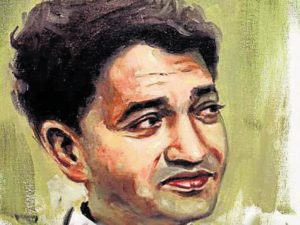
Shiv Kumar Batalvi, as I have written elsewhere, had many things in common with the English poet Lord Byron except that whilst the latter was of aristocracy, Shiv died in penury. Otherwise, the description of beauty, sadnesses and melancholy are the same. Both died before reaching the age of 37 years. Shiv Kumar Batalvi lived between 23 July 1936 and 6 May 1973.
Shiv was born on 23 Jul 1936 in village Bara Pind Lohtian, Shakargarh Tehsil, Sialkot District (now in Pakistan). He is called Batalvi, because at the Partition’s time, when he was only 11 years old, his family moved to Batala in Punjab.
His first anthology of poems was published in 1960, titled Piran da Paraga (The Scarf of Sorrows). He became the youngest recipient of the Sahitya Akademi Award in 1967, for his magnum opus, a verse play Loona (1965).
Many of his poems are love poems of parting. For example, he fell in love with a girl called Maina who died. He wrote an elegy called Maina. Similarly, he was in love with Gurbaksh Singh Preetlari’s daughter. When she married someone else, he wrote his famous love poem ‘Main ek shikra yaar banaya’. In 1967 he married Aruna, a girl from his own Brahmin caste.
After Shiv returned from his visit to England in Sep 1972 his health deteriorated and he finally died on 6th May 1973. He was brought to PGI Hospital Chandigarh. But, he walked away from the hospital saying he didn’t like dying in a hospital.
Shiv Kumar Batalvi, in his short life earned the distinction of being one of the most famous poets of Punjab and yet on his 45th death anniversary this year, he was virtually neglected by the Punjab government and dignitaries.
Very little is known about the Composer K Pannalal. I picked this up from the You Tube:
“Pannalal Kathak….later called K Pannalal was one of the early composers and singers of AIR who excelled in classical mould……. It was an era when film composers Ravi, Roshan, OP Nayyar, Dan Singh were employees of All India Radio ….. Most in the new generation might not even know that it was AIR that moulded artists who later became big names in the Hindi film industry….. K Pannalal, though passed away long back in 1975, has left behind his traditions to his family….. and notable amongst them is his son-in-law, the acknowledged Ghazal singer, Chandan Das….. A treat to watch this along with other radio singers like Trilok Kapoor, Pushpa Hans, Mahinder Pal, Pramilla Das seen in the brief excerpts ….. Enjoy this rare Doordarshan recording.”
Lets look at the lyrics of the song and their translation:
Ni ek meri akh kashni
Ni ek meri akh kashni
Dooja raat deyo neend re ne maariya
Ni sheeshe ‘ch tarerr pai gai (x2)
Vaal vandi ne deyaan jadon mareya
Vaal vandi ne deyaan jadon mareya
Ni ik meri akh kashni
Ik meri sass ni buri
Bherri roi de kikkar to kali
Haaye bherri roi de kikkar to kali
Ni aandhe jaandhe taane maar di
Ni aandhe jaandhe taane maar di
Ni mein usdha kuch vi vigaadhiya
Ni ik meri akh kaashni
Ni ik meri akh kaashni
Ik meri nandh buri bherri ser karanh nu jaave
Ik meri nandh buri bherri ser karanh nu jaave
Ni dooroh toh oh ainjh lagdhi
Haaye ni dooroh toh oh ainjh lagdhi
Jeeve majni matakdhi aave
Ni ik meri akh kashni
Ik mera kanth ni jeeve
Ik mera kanth ni jeeve
Raat chandhani teh doodh da katora
Ni eko gal maadhi usdhi
Haaye ni eko gal maadhi usdhi
Layi lagni oh maa ne vigaadhiya
Ni ik meri akh kashni
Ni ik meri akh kashni
Dooja raat deyo neend re ne maariya
Ni sheeshe ‘ch tarerr pai gai
Haaye sheeshe ‘ch tarerr pai gai
My eyes are hazel of all things
I didn’t sleep for two nights in a row
The mirror broke
I saw it while combing my hair (х2)
My eyes are hazel of all things
First of all my mother-in-law is severe,
Her complexion is darker than a desert tree
Each word from her mouth is against my brother
And she continuously runs down my parents
I don’t know why she is doing that
I didn’t ruin her cardamom garden anyway
My eyes are hazel of all things
I didn’t sleep for two nights in a row
My eyes are hazel of all things
Secondly my younger brother-in-law
Is fond of fair women
He tries to sit close to me,
On the closest chair or whatever
His flirting is hard on me
I have not dropped my veil till this day
My eyes are hazel of all things
I didn’t sleep for two nights in a row
The mirror broke
I saw it while combing my hair
My eyes are hazel of all things
Thirdly my beloved husband
Is like a bowl of milk on the night of full moon
His eyes have little lines of vermilion colour
There is only one bad thing about him
He believes without proof
And is spoiled by his mother
My eyes are hazel of all things
I didn’t sleep for two nights in a row
The mirror broke
I saw it while combing my hair (X2)
Please enjoy: Ik meri akh kashni duja raat de uneendre ne mareya…..
Yes, the composition and music by K Pannalal suddenly transport you to rustic Punjab. However, I think the song belongs in equal measure to the singer Surinder Kaur and the poet Shiv Kumar Batalvi for bringing out the flavour of Punjab so well.
I hope you liked it too.
Please await my next favourite Punjabi song.
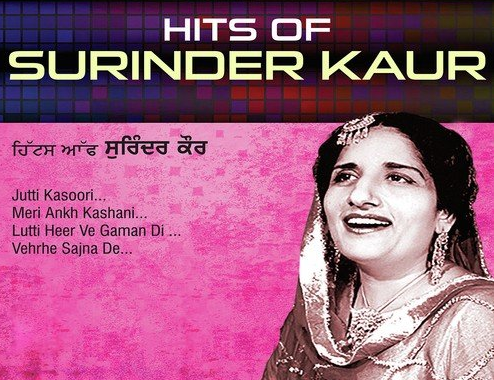
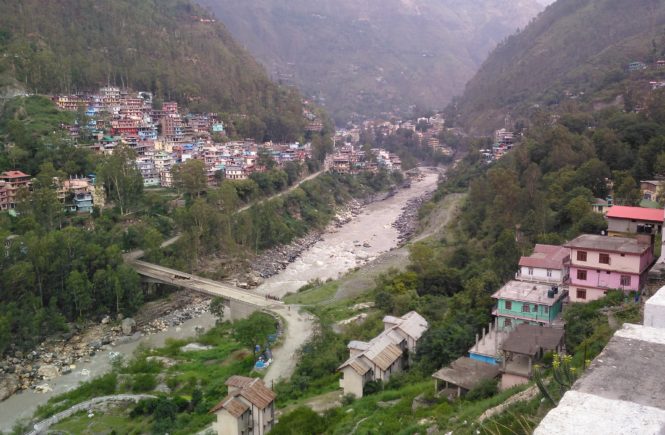
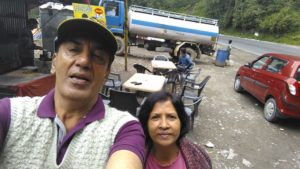 It is a distance of 130 Kms passing through Kufri, Theog, Narkanda, and Kotgarh. We stopped near Kufri to have tea at a road-side stall and had our first view of Yaks. The road is at about the same level all the way from Kufri to Narkanda; Kufri is at about 2630 metres and
It is a distance of 130 Kms passing through Kufri, Theog, Narkanda, and Kotgarh. We stopped near Kufri to have tea at a road-side stall and had our first view of Yaks. The road is at about the same level all the way from Kufri to Narkanda; Kufri is at about 2630 metres and 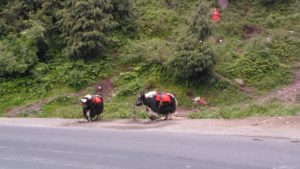 Narkada at 2760 m. Yaks and tea stalls are to be seen up to Theog, a distance of about 15 Kms and tourists enjoy taking pictures with them as also in pahadi dresses. There was light drizzle, slight fog and freshness in the air. If you have seen my planning, you would have noticed adequate time given by me along the way for stopping and taking pictures. My wife and I are in our sixties now and we love our journeys as much as we love to reach destinations.
Narkada at 2760 m. Yaks and tea stalls are to be seen up to Theog, a distance of about 15 Kms and tourists enjoy taking pictures with them as also in pahadi dresses. There was light drizzle, slight fog and freshness in the air. If you have seen my planning, you would have noticed adequate time given by me along the way for stopping and taking pictures. My wife and I are in our sixties now and we love our journeys as much as we love to reach destinations.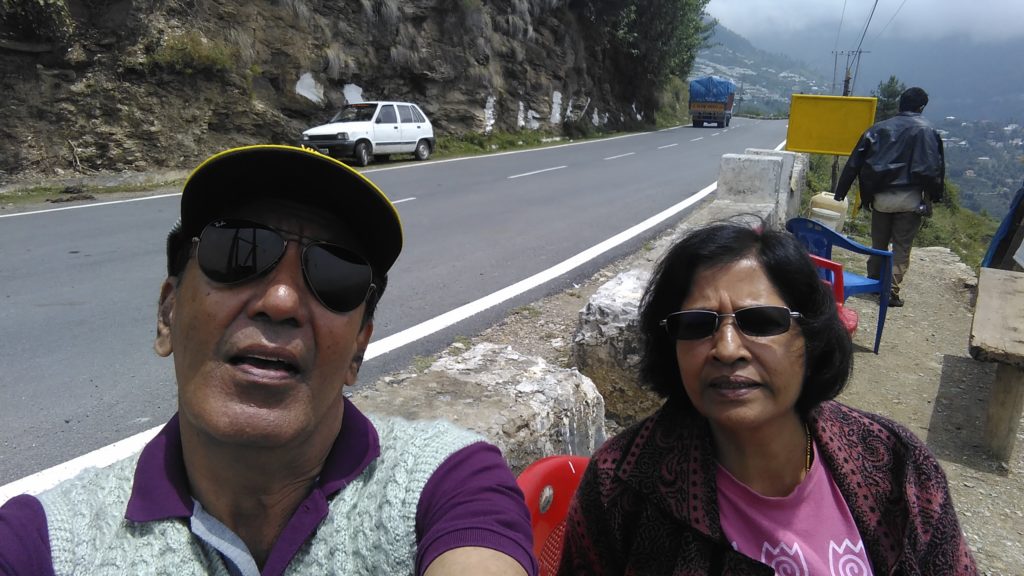
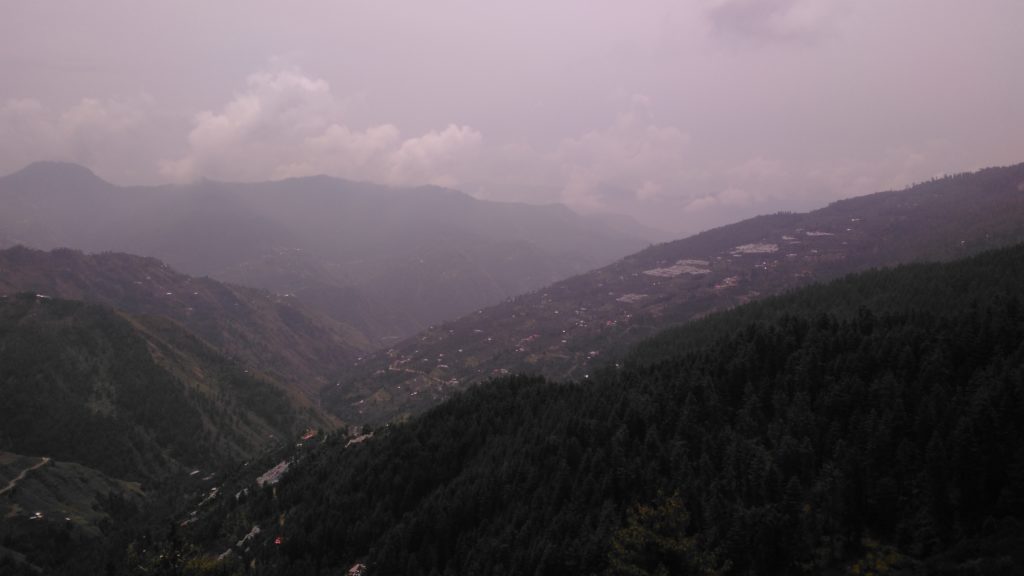
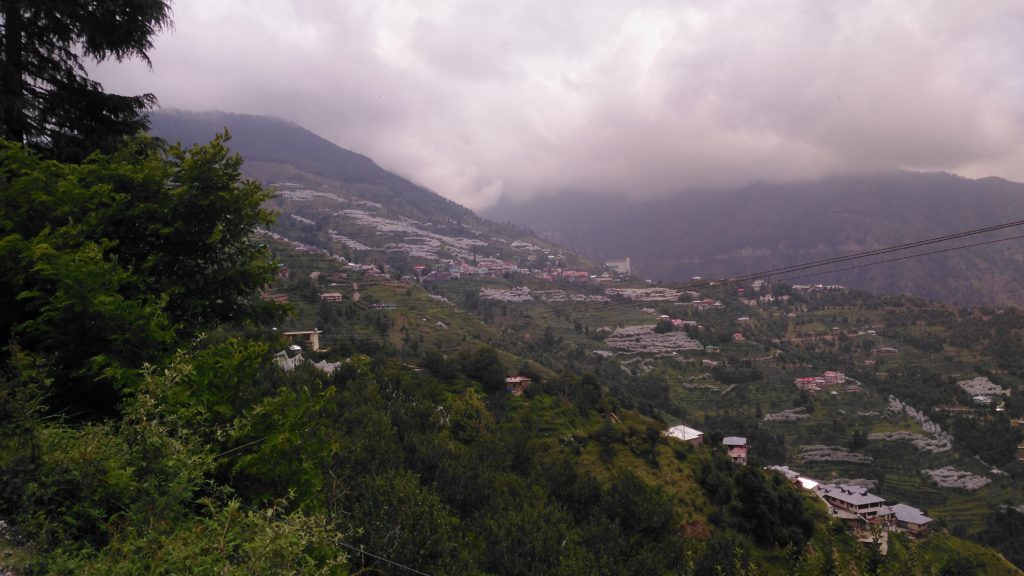
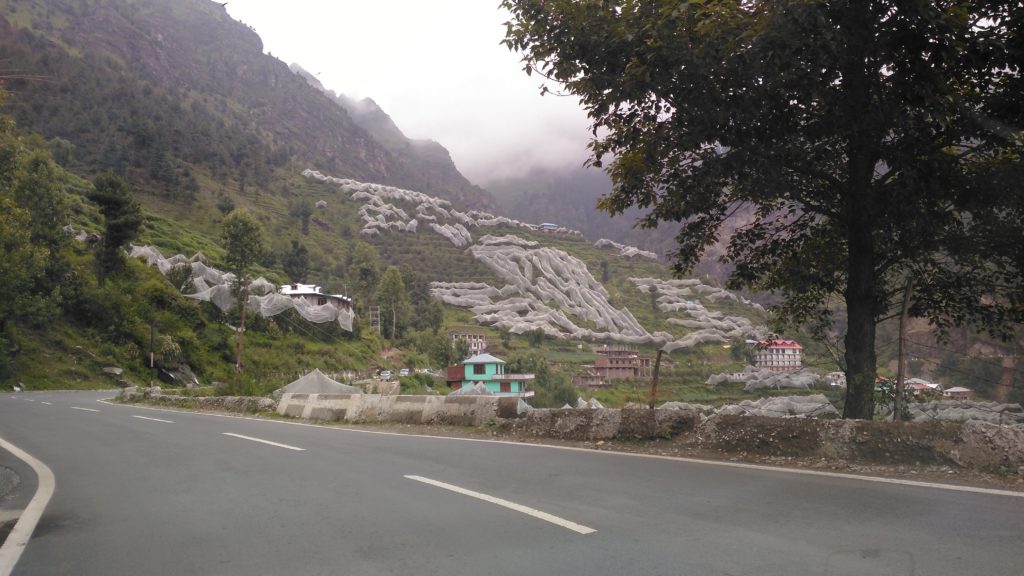
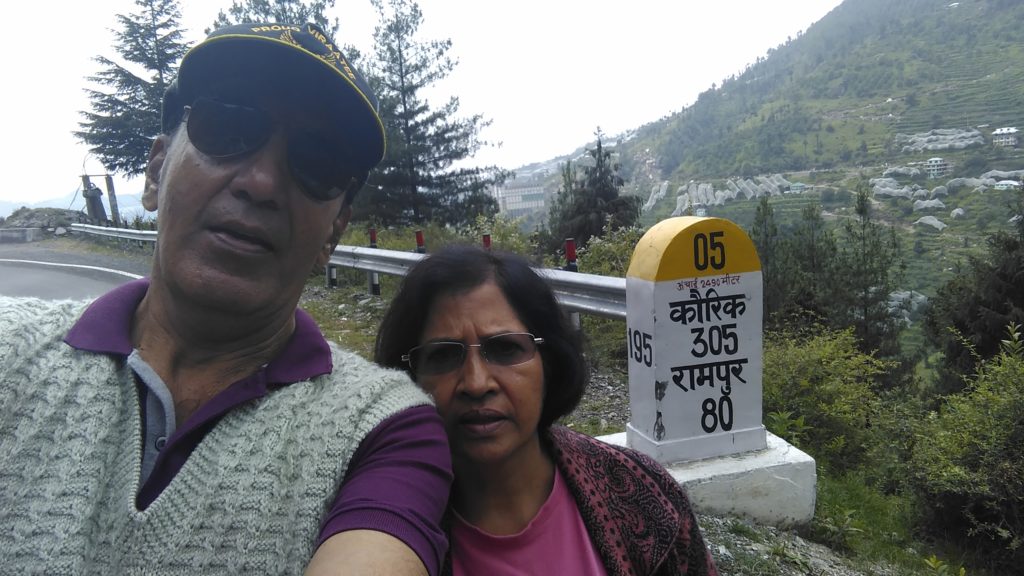
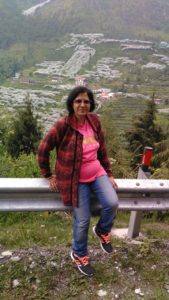
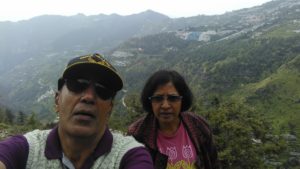
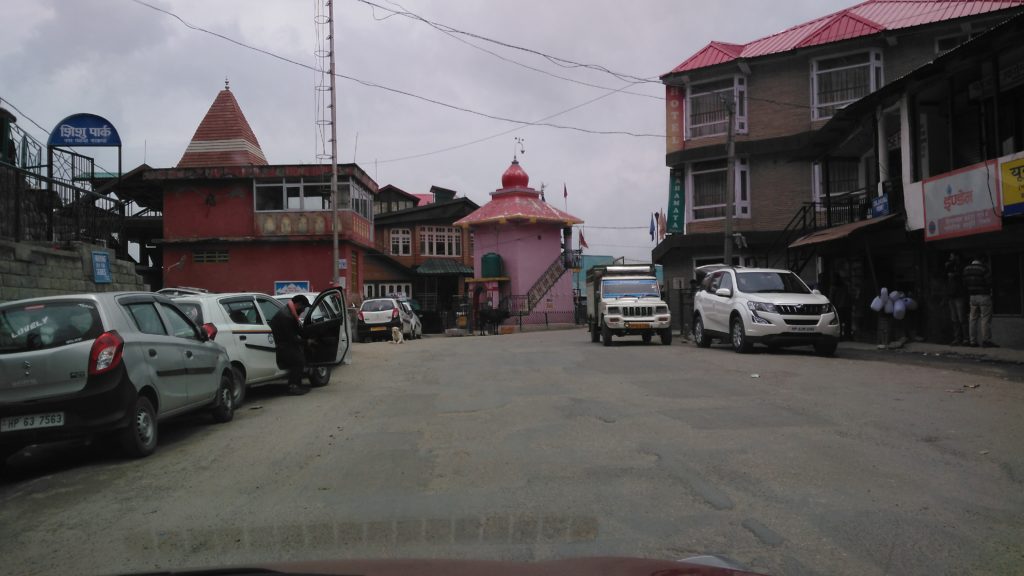
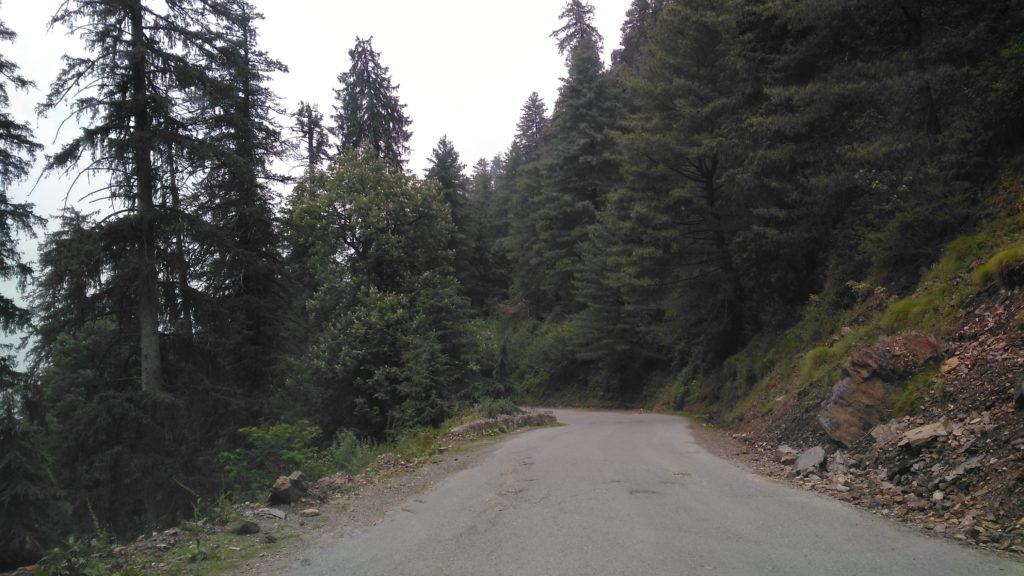
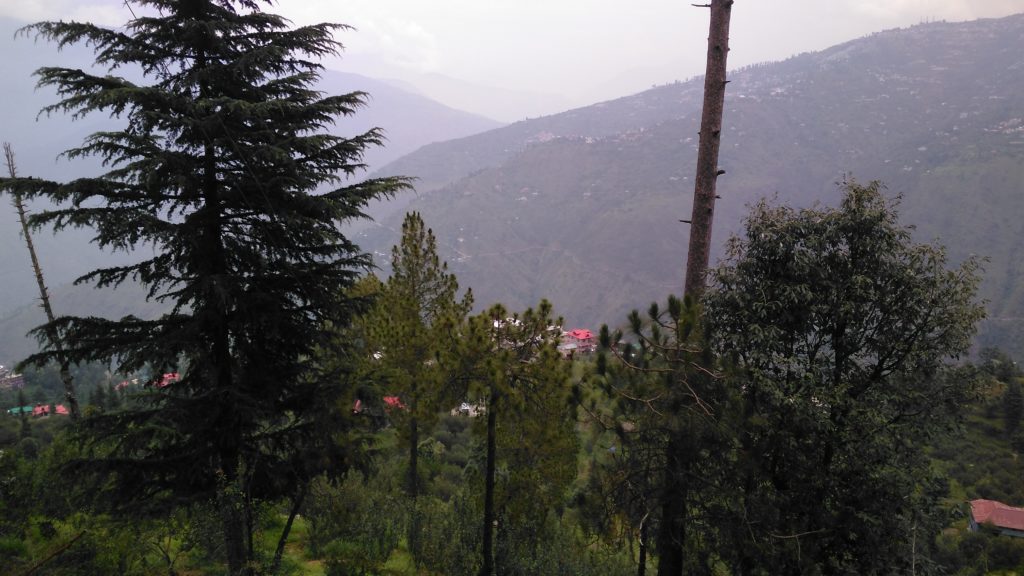
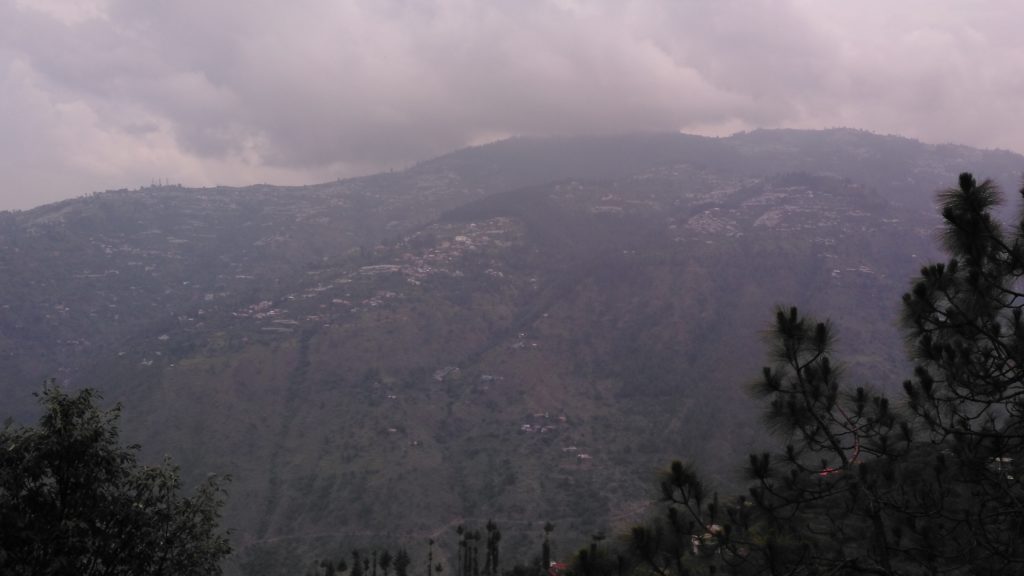
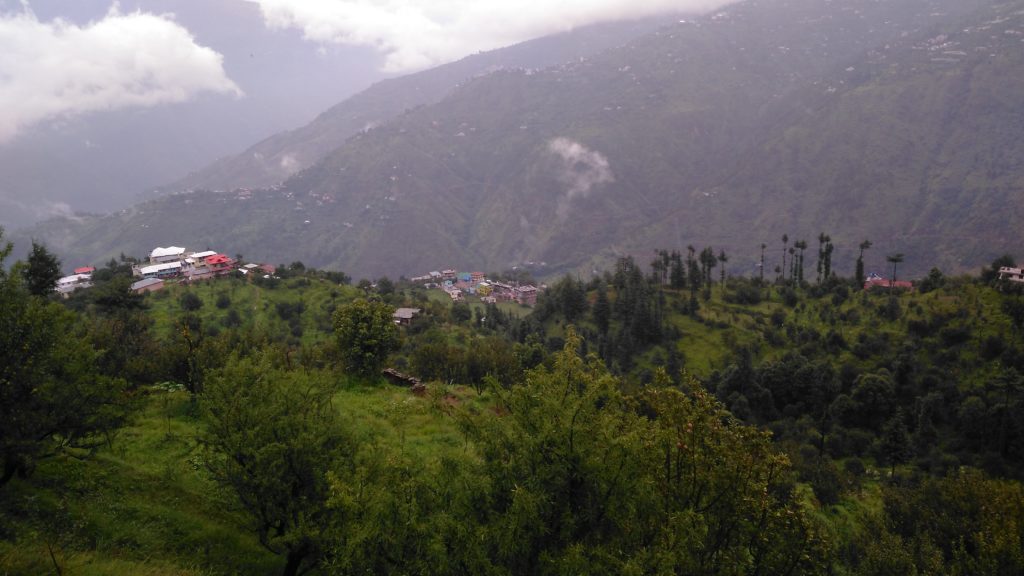
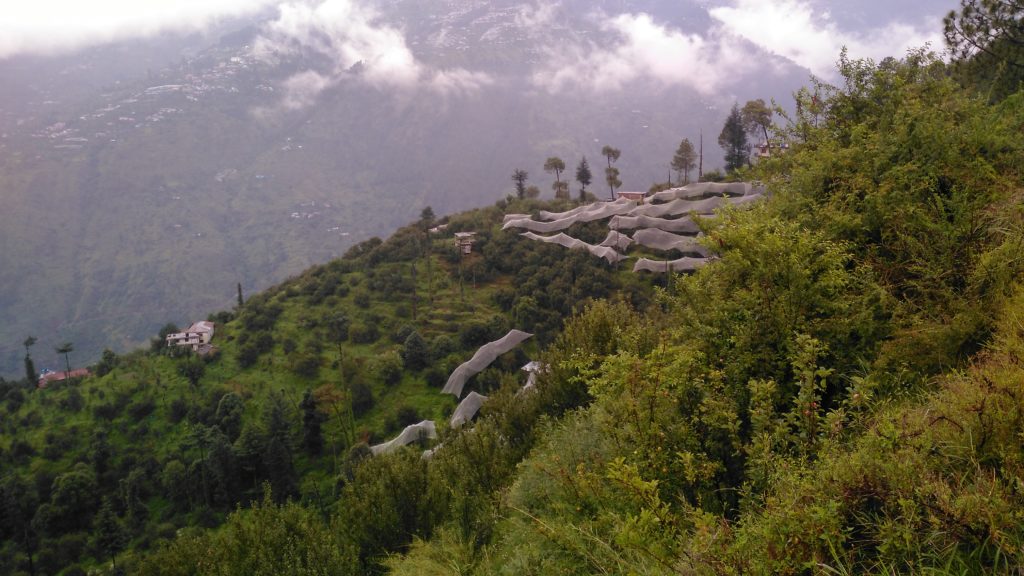
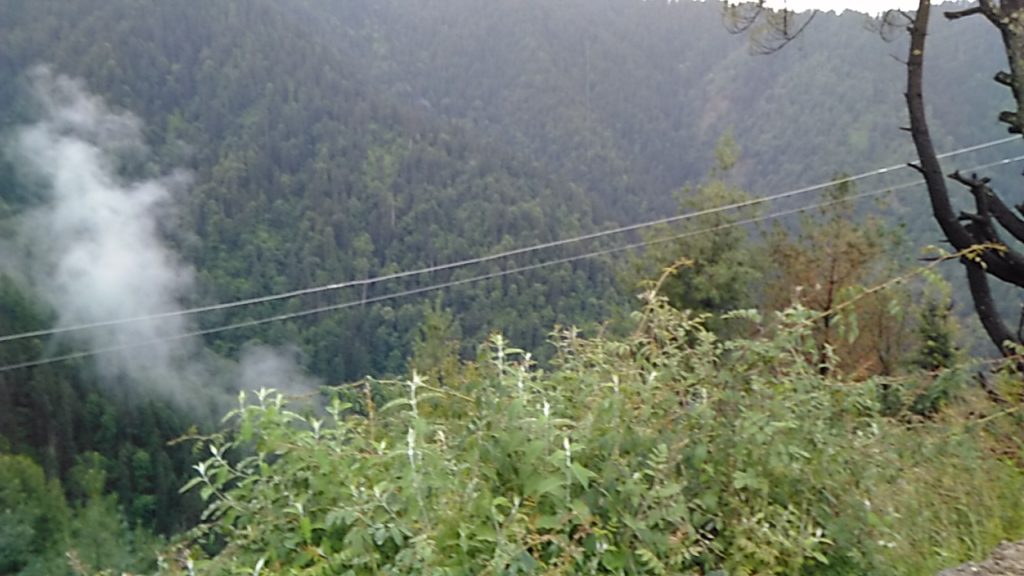
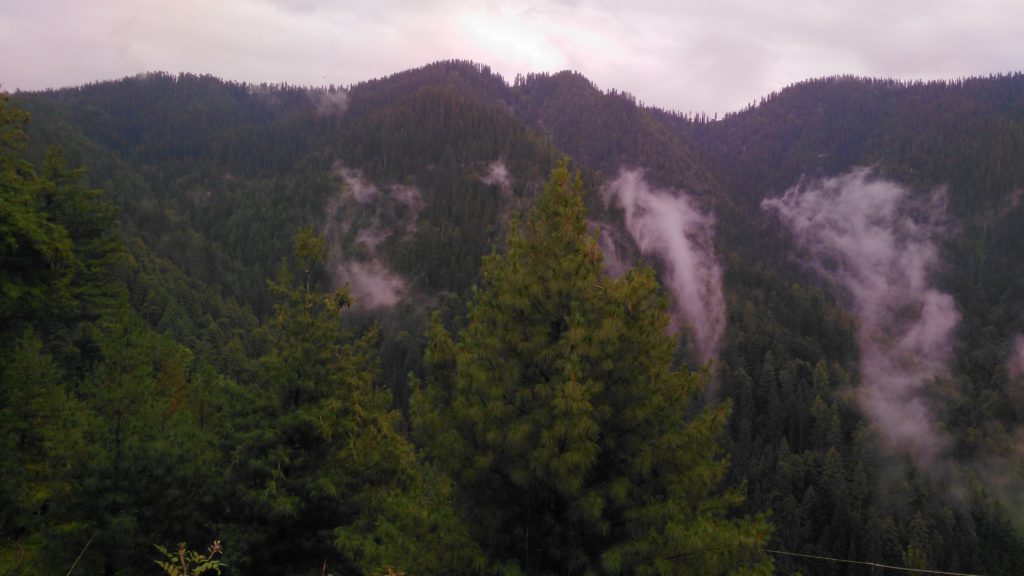
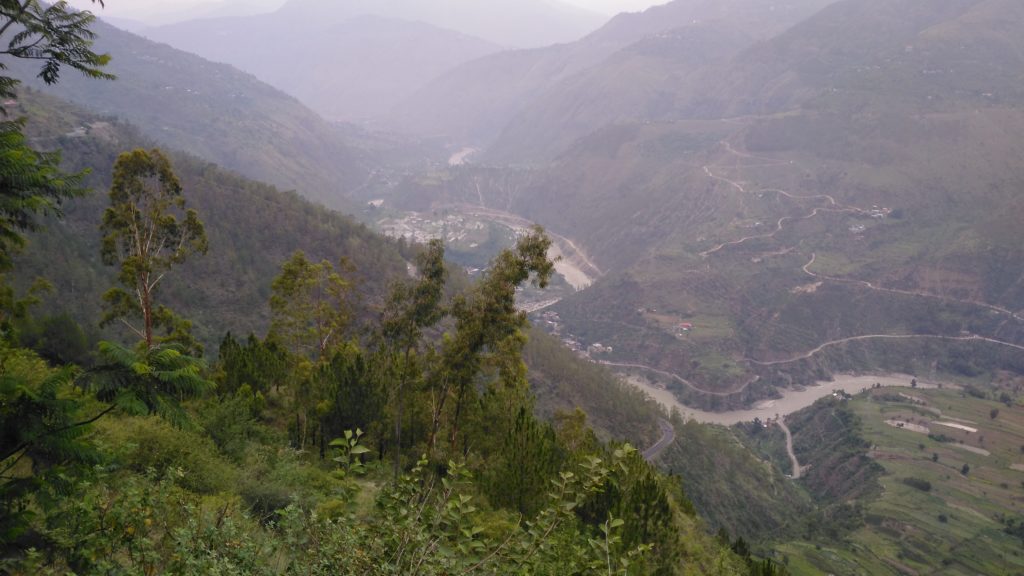
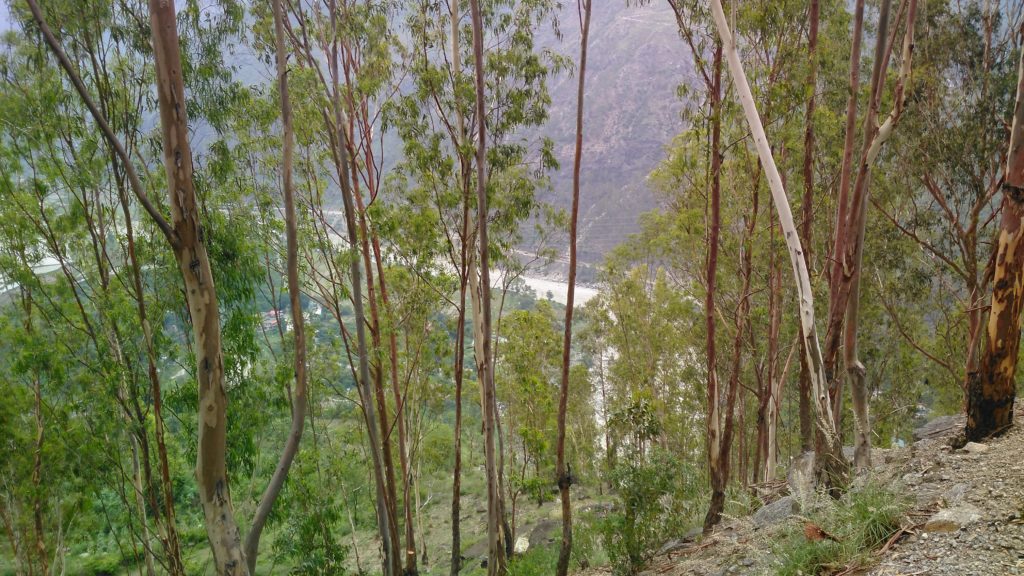
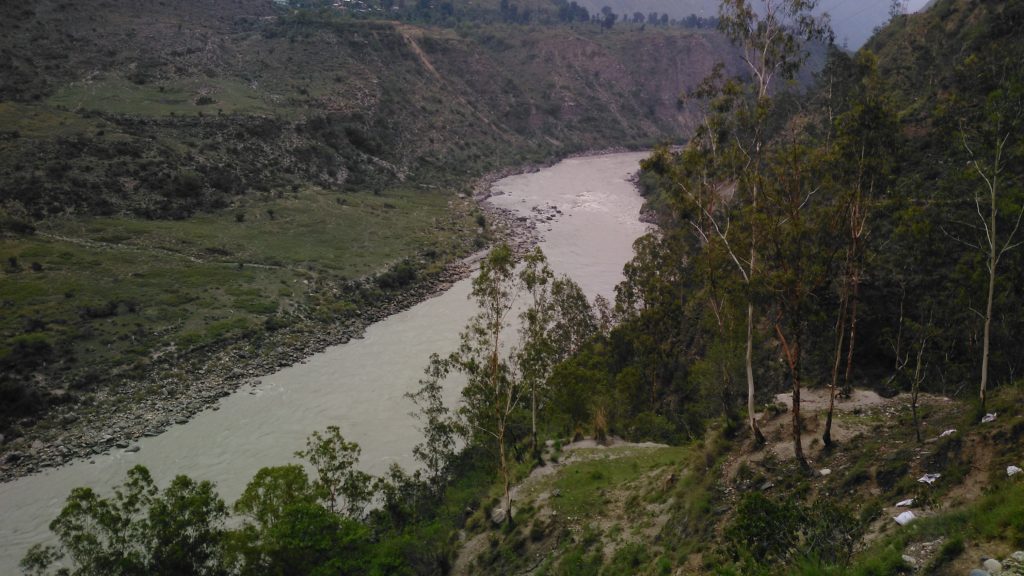
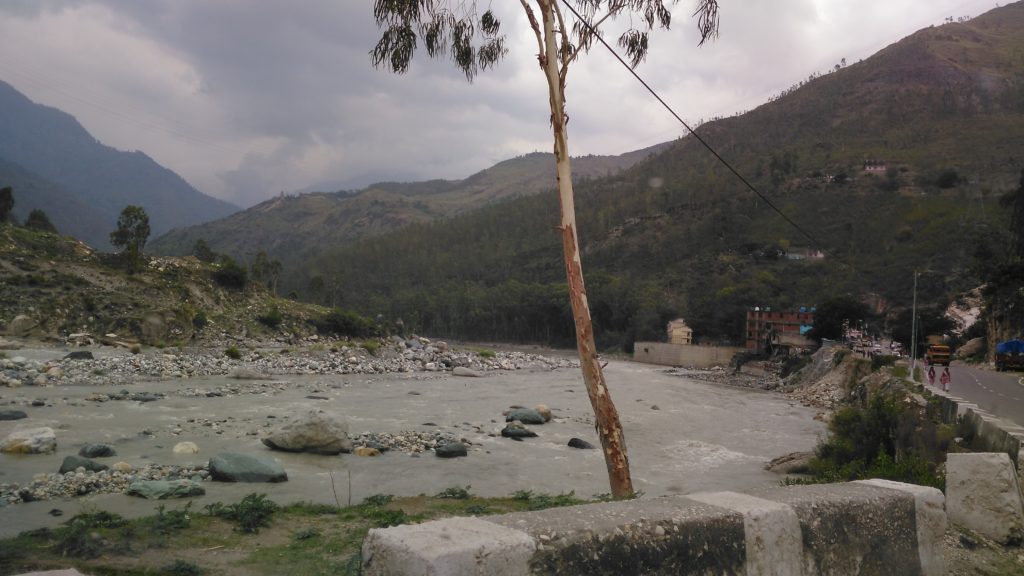
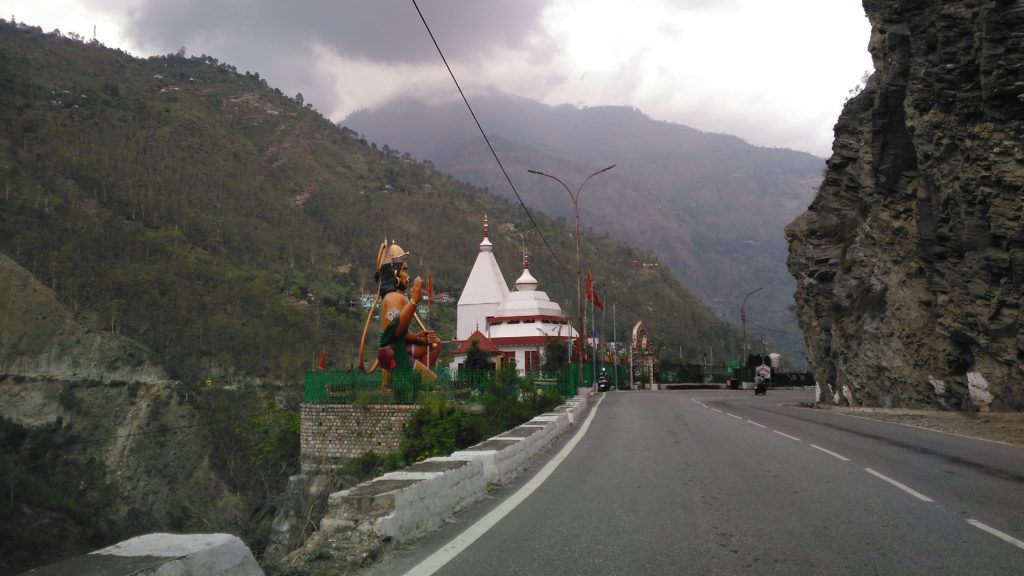
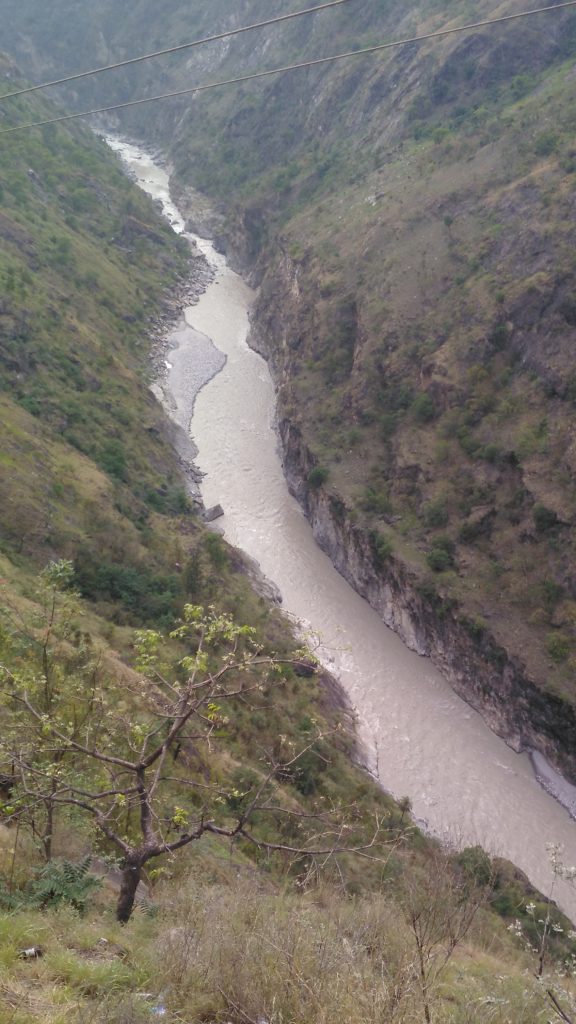
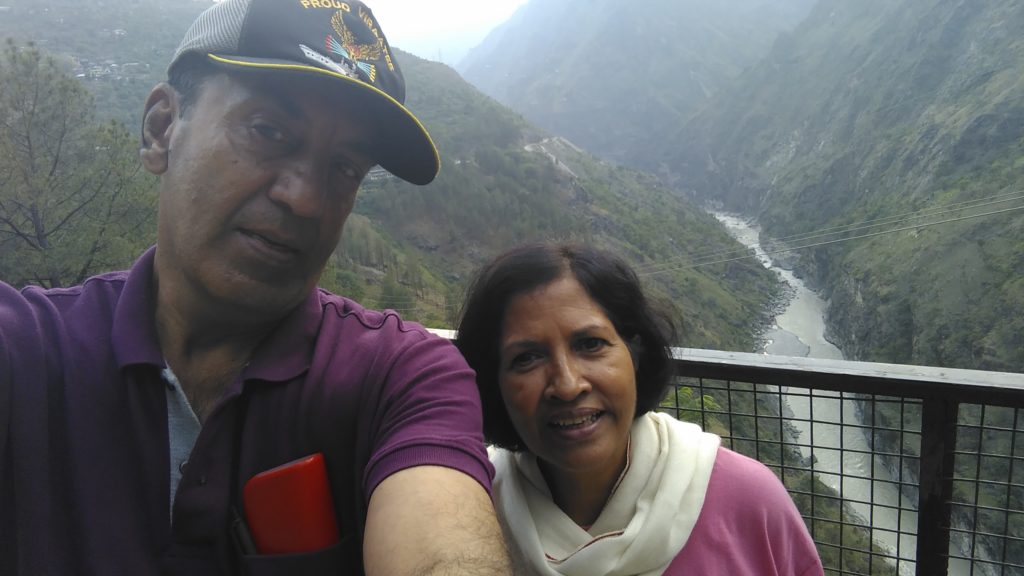
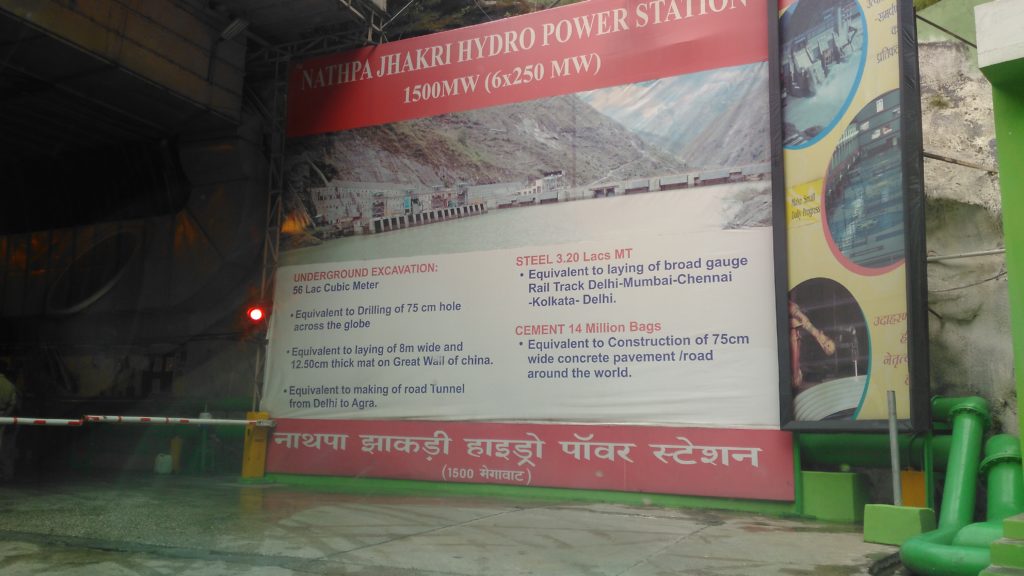
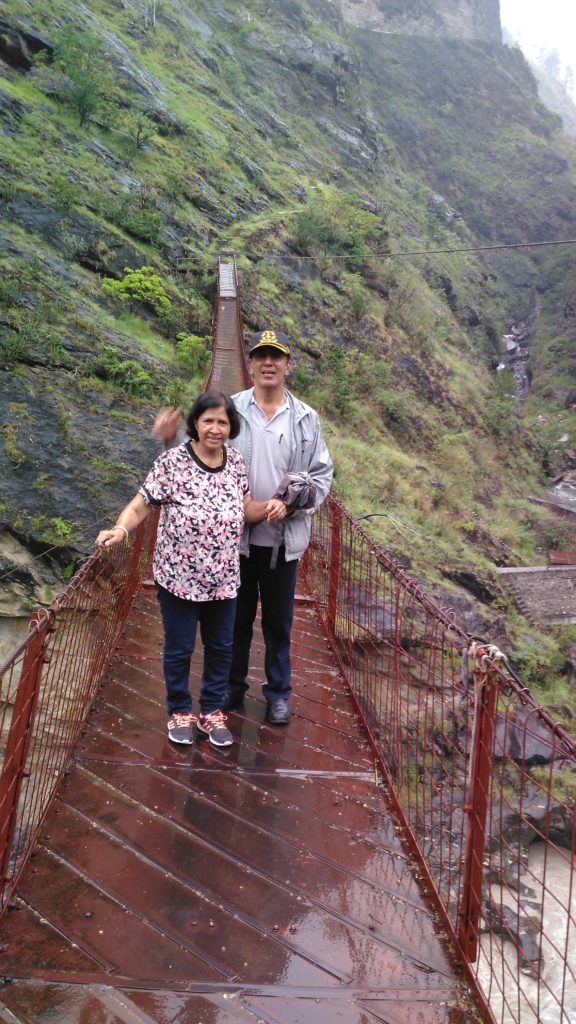
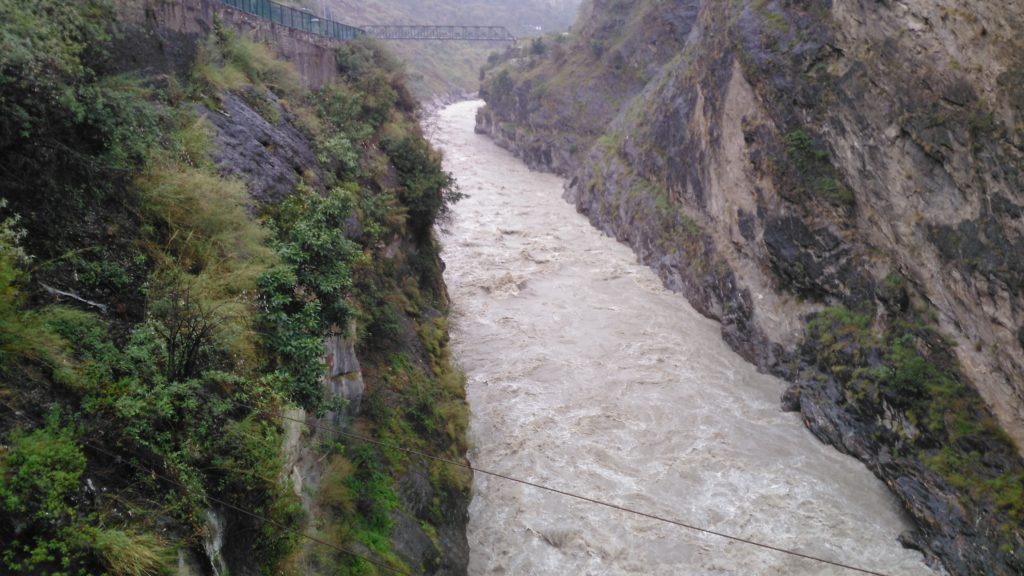
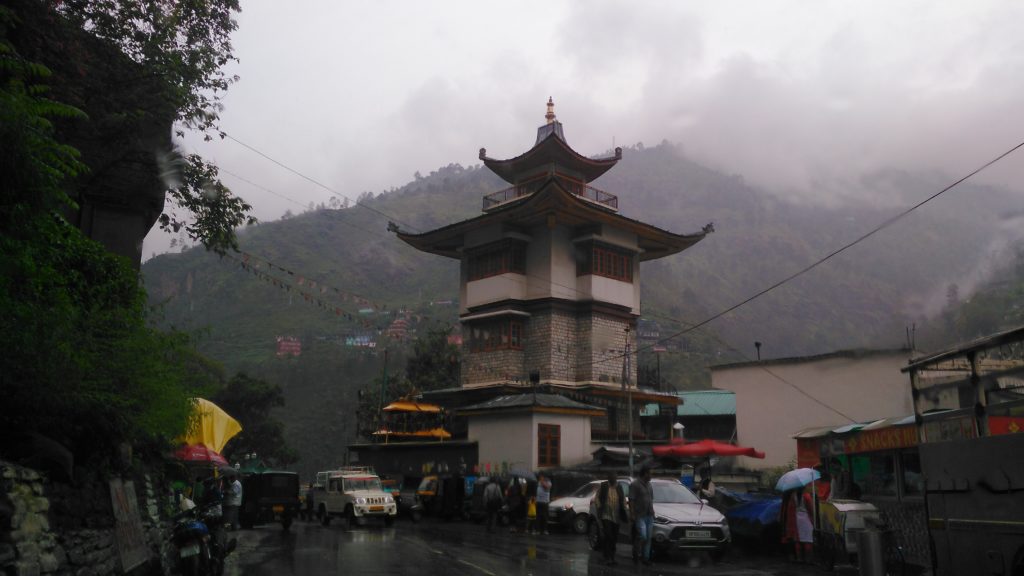
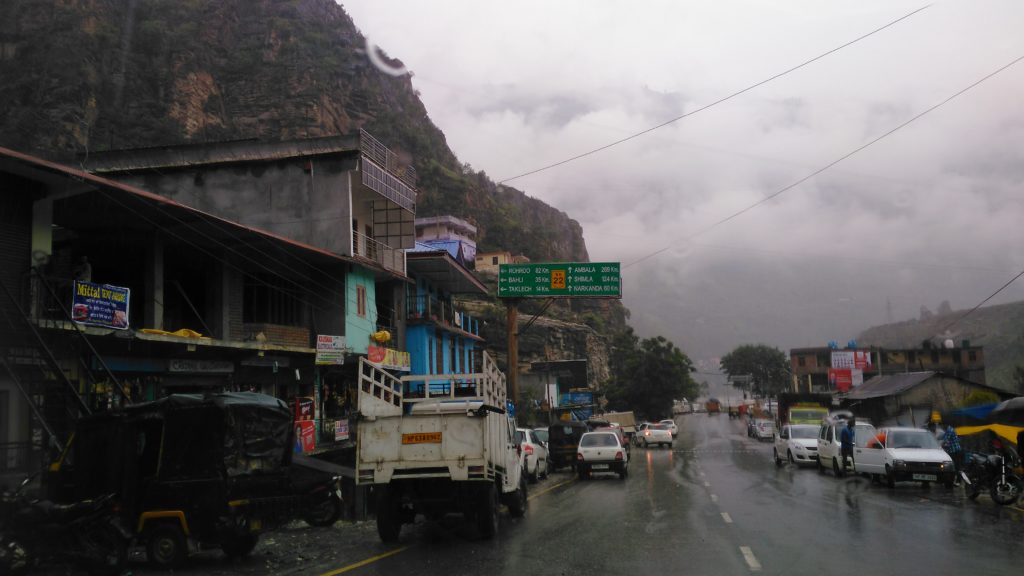
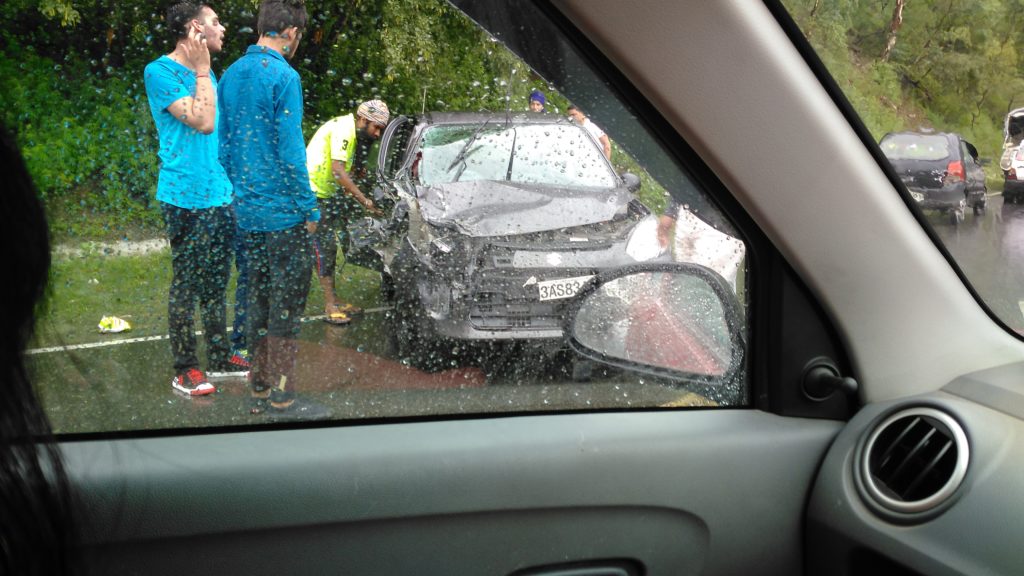

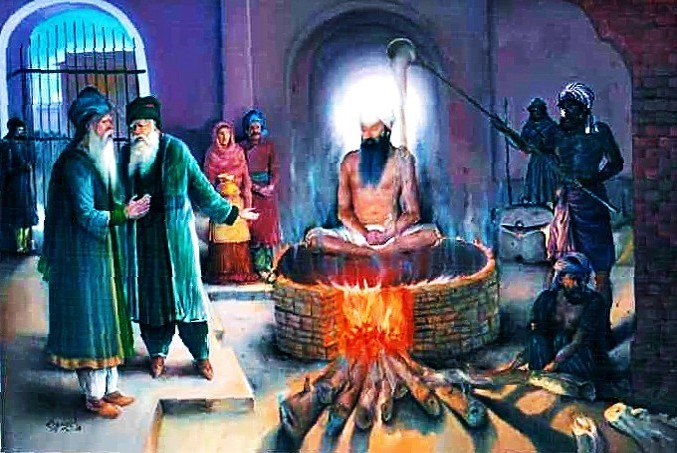
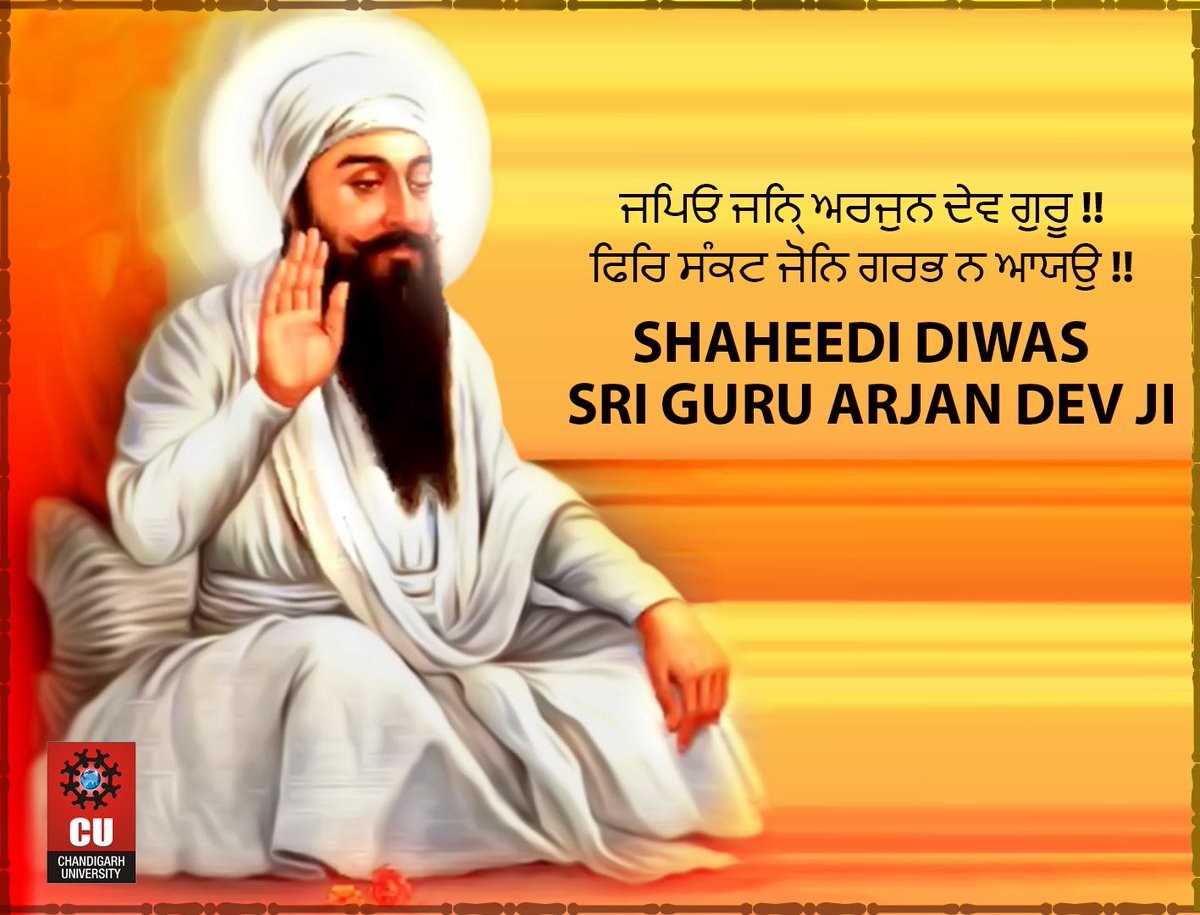
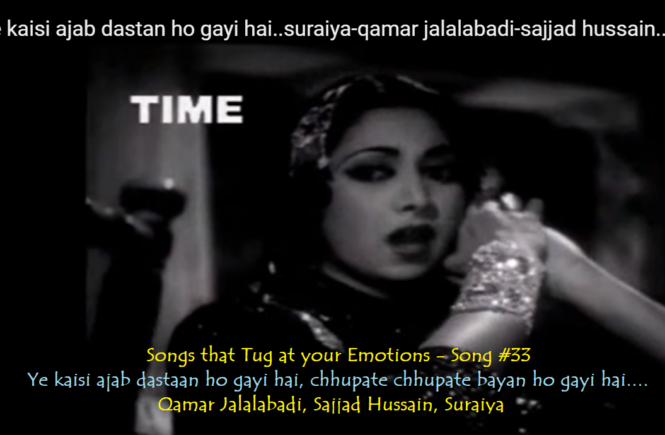
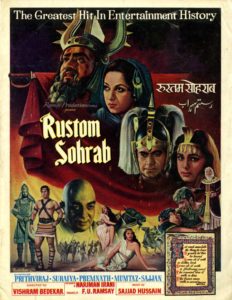
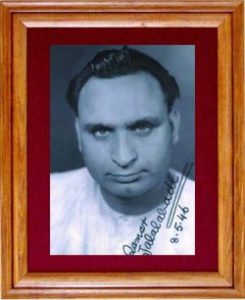 Let me start with
Let me start with 
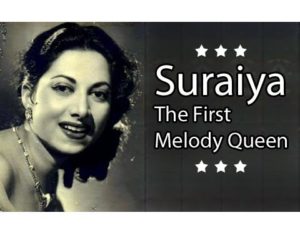 Naturally, considerable credit goes to
Naturally, considerable credit goes to 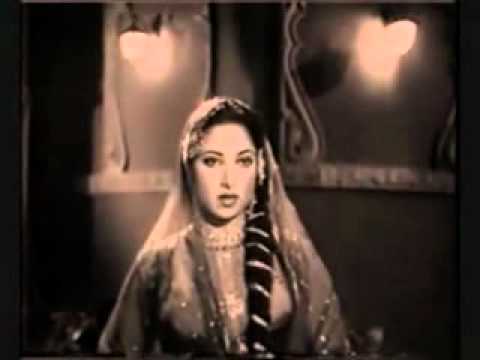
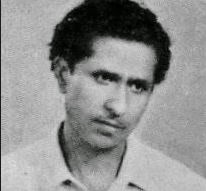 Lets now talk about
Lets now talk about 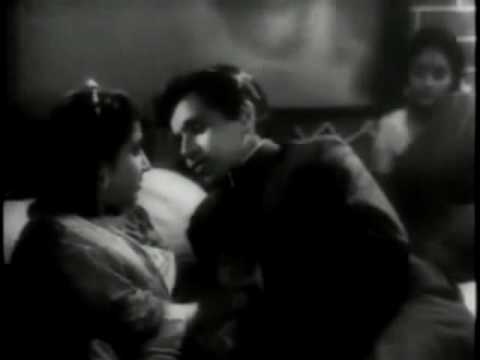
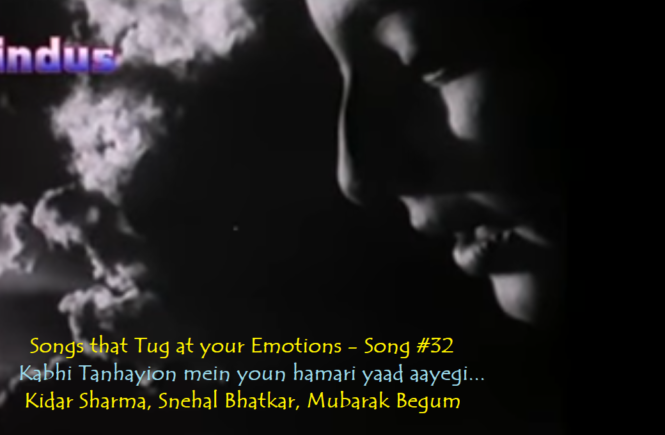
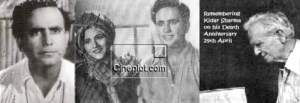 Kidar Nath Sharma
Kidar Nath Sharma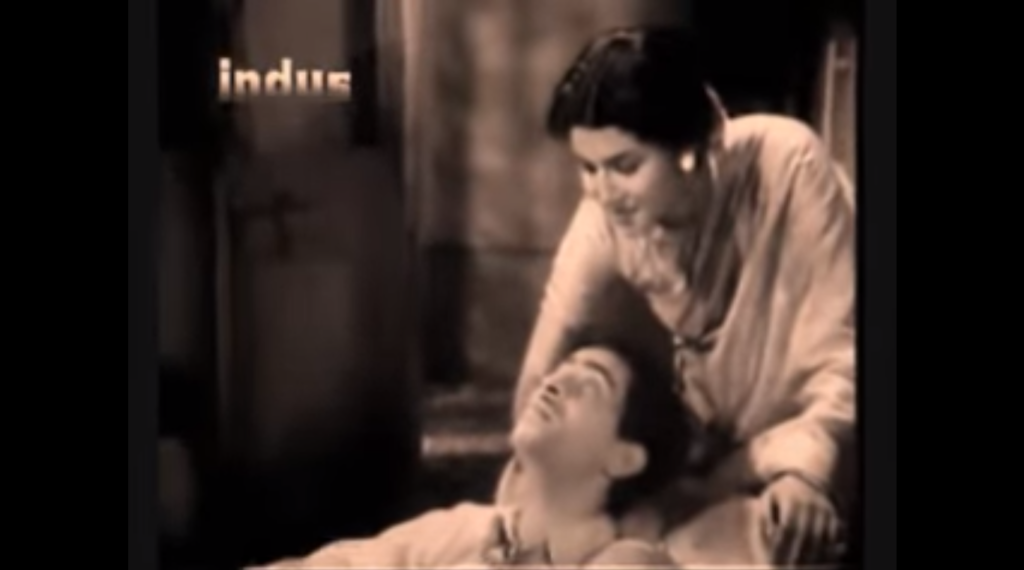
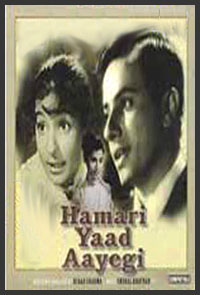 The
The 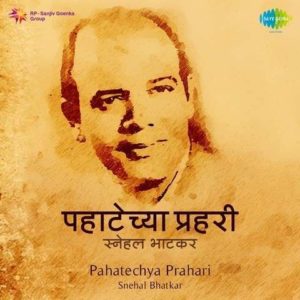 This song was the zenith in the career of
This song was the zenith in the career of 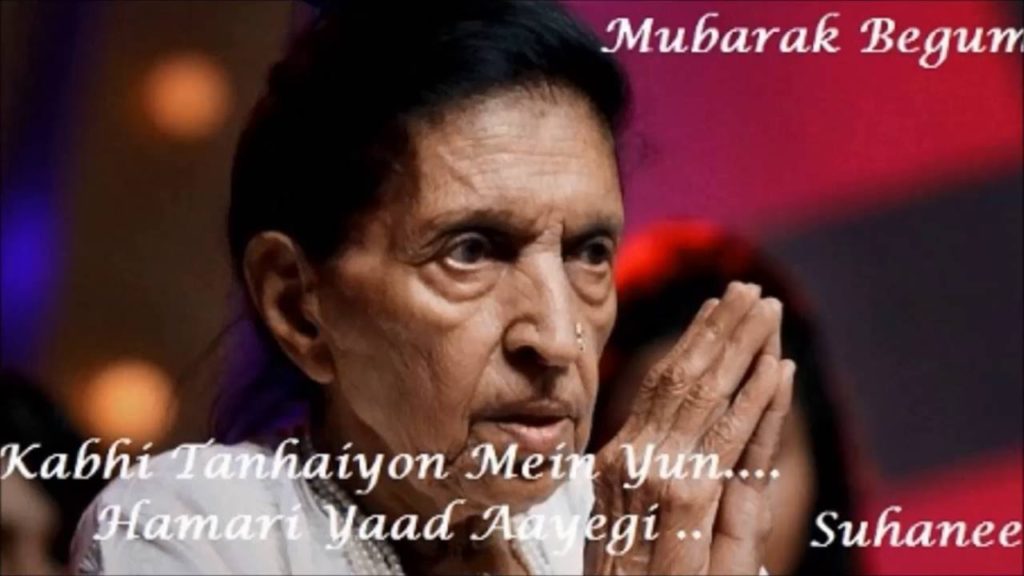

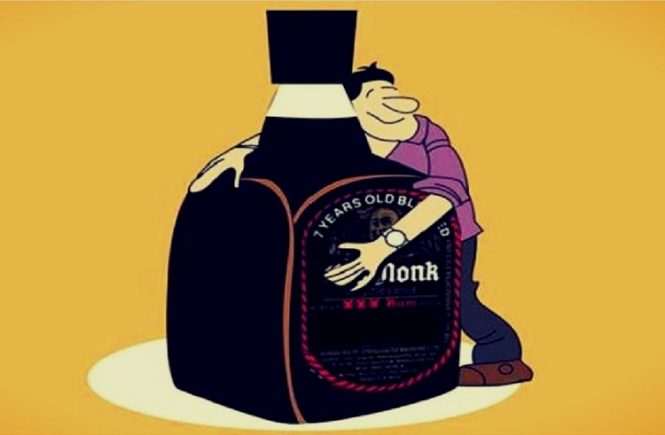
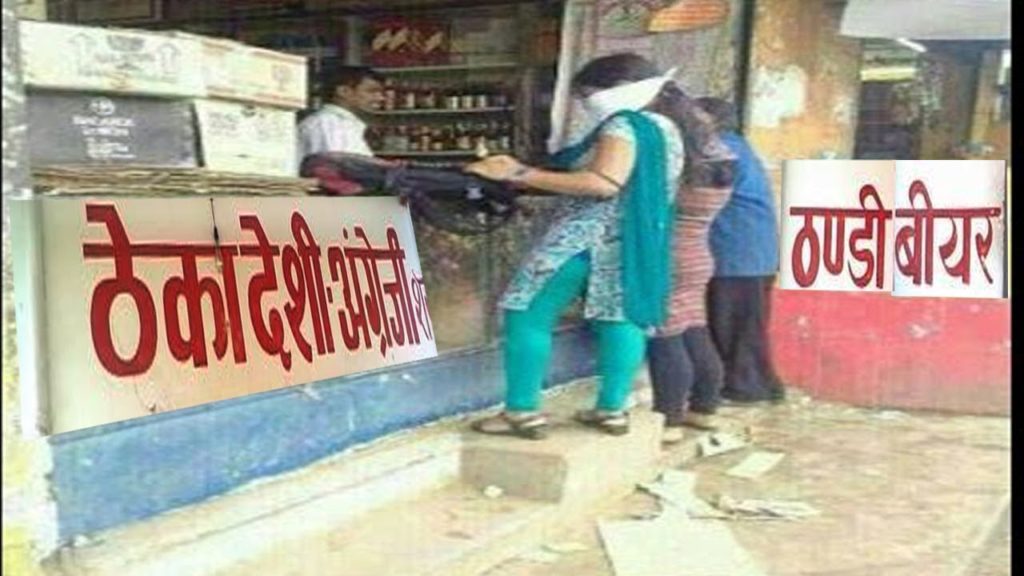
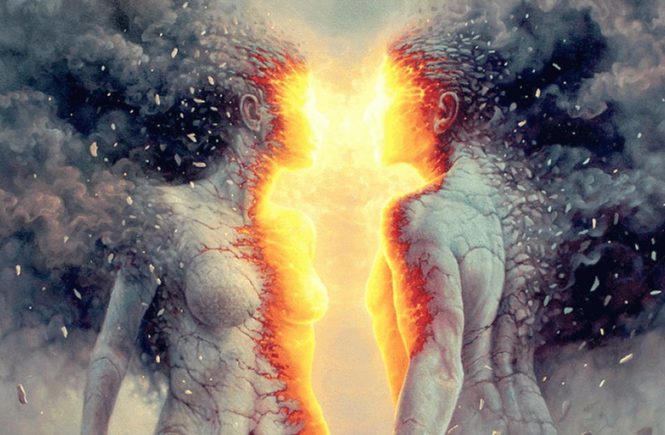


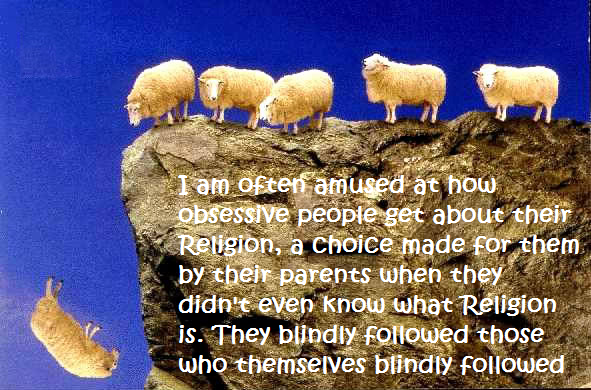

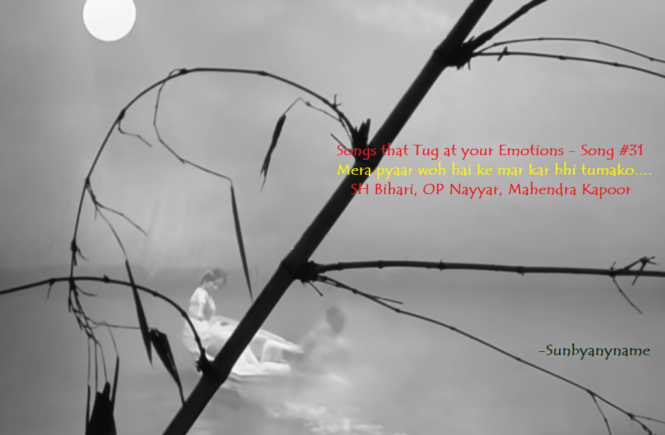
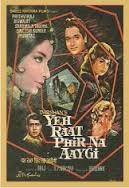 The song is from the
The song is from the 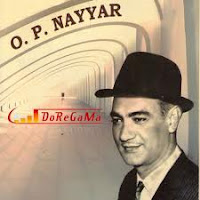 OP Nayyar
OP Nayyar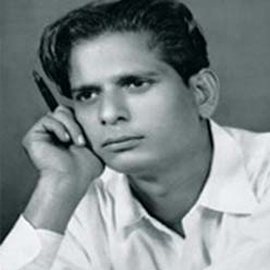 Shamsul Huda Bihari,
Shamsul Huda Bihari, 